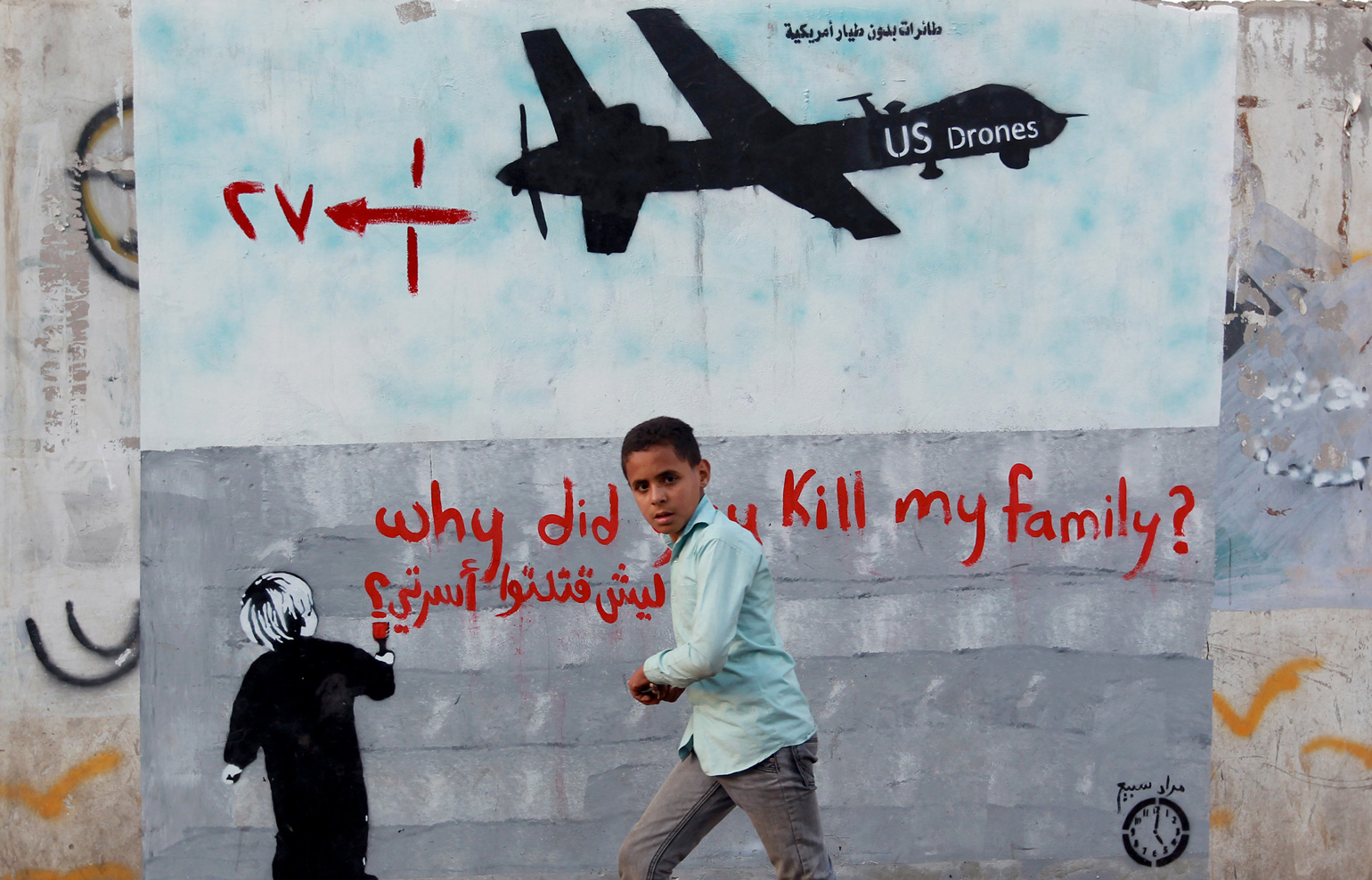Exporting “drone wars”: US drones to strike ISIS targets from Sigonella
The USA is launching its first airstrikes in Libya. Fayez Serraj’s interim government has requested US intervention against the ISIS stronghold in Sirte, and the US Air Force was deployed on Libyan soil as early as August 1.
A key role in the operation could be played by drone strikes launched from Italy: the USA is relying on Italy for logistical support, which the Italian government has granted, albeit cautiously.
On the eve of a new chapter in the 15-year-long history of drone warfare, there are urgent questions concerning the role that Italy will be playing. Here is a look at the use of drones in military operations.
The use of Sigonella Air Station
The first US strikes in Libya were launched from air bases in Jordan and the US Navy units stationed in the Mediterranean, but further operations (with no clear end in sight at the moment) will require other stations.
One of these is the Sigonella Naval Air Station in Sicily, only a twenty-minute flight from Sirte. An initial agreement with the Italian government allowing US drones to fly out of Sigonella for “defensive strikes” against ISIS terrorists in Libya and other “hot sites” in North Africa was reached in January. Minister of Foreign Affairs Gentiloni has now confirmed Italy’s further commitment.
It is yet unclear how and when the air strikes will begin: the press had reported on the launch of the first drones against ISIS as early as the first day of operations. Speaking in Parliament, however, Defense Minister Pinotti stated that the government was willing to allow the US the use of Italian airspace and bases in their effort to fight ISIS, but denied that Italy had been involved logistically so far.
Drone strikes on the rise, transparency and accountability still an issue
The Bush administration was the first to use drone strikes (or perhaps we should call them extrajudicial killings on foreign soil?) in 2001, first in Afghanistan and then in Yemen. Under the Obama administration, however, the drone programme was significantly expanded and today has a global reach, being used in Pakistan, Yemen and Somalia in addition to Afghanistan, Iraq and Syria.
Concerning the number of strikes and casualties, we can only speak in estimates, since the issue has always been surrounded by a surprising lack of transparency.
Even the numbers recently published by the Obama administration are not particularly convincing: the figures do not match the ones previously released by reporters and NGOs that have been monitoring the drone programme for years, such as the Bureau of Investigative Journalism and New America’s International Security Program.
Something does not add up, especially when it comes to the human cost of drone strikes – that is, the number of civilian casualties.
An Italian citizen has been among these, aid worker Giovanni Lo Porto, whose death has been publicly (and unprecedentedly) acknowledged by Obama together with the promise of compensation for his family. Lo Porto’s death was attributed to an “intelligence failure”, which evidenced another critical issue: the quality of the information that form the basis of drone strikes. According to The Intercept’s Drone Papers report, errors due to gross miscalculations or flawed intelligence are very frequent: it would seem that, in an alarming number of cases, someone who is not the intended target is “accidentally” killed.

Exporting the drone wars
Around the world, the skies are more and more crowded with armed drones.
Until a few years ago, the USA had a monopoly on “drone wars”. Today, at least six other countries have taken a page from the American playbook of using armed drones in combat: Iran, Iraq, Israel, Nigeria, Pakistan and the United Kingdom.
This number is bound to rise significantly. According to a recent study, 86 countries have some sort of drone capability. And about 20 of those already have armed drones, including Italy, France and Germany.
Even worse, terrorists have also joined the unmanned arms race. Exporting this fearsome technology may have dire consequences.
Europe and Italy need to take a stand
The spread of armed drones and the increasingly central role of this technology in combat and in the handling of national security raises some urgent legal and ethical questions.
With the very real possibility of Italy’s direct involvement in drone warfare, the Italian government together with all of Europe needs to adopt a clear stance on this matter, now more than ever.
We join the European Forum on Armed Drones (EFAD) in calling upon the Italian, and all European governments, to publicly articulate clear policies, ensure transparency and establish accountability.
Written by Corallina Lopez Curzi
Cover photo: Wikimedia Commons





